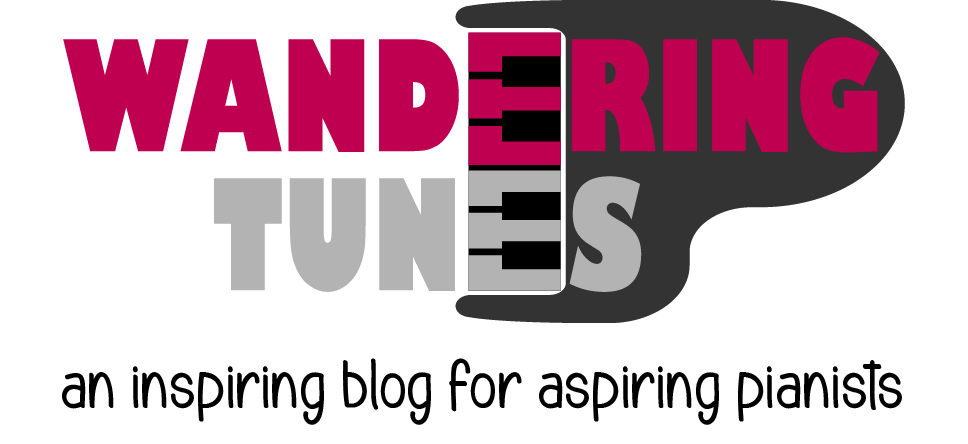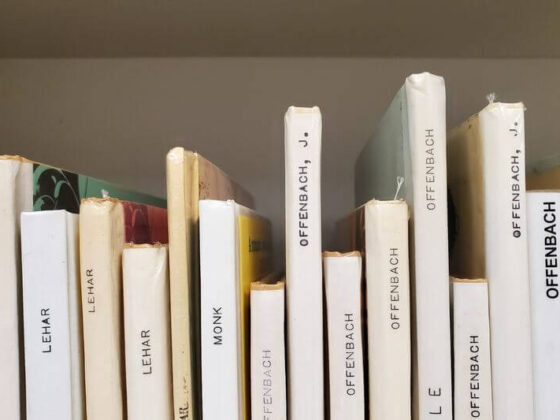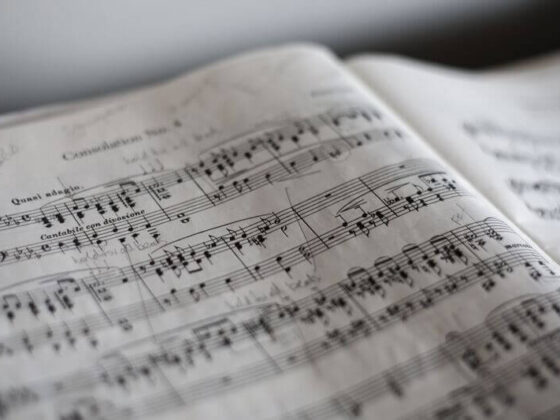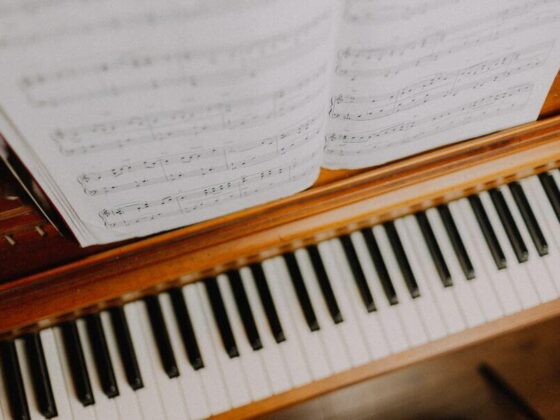This post is all about how to learn piano chords.
Chords are a group of notes played simultaneously and are the basis of musical harmony. From classical to pop music, you will encounter chords in any music you listen to. Therefore, whether you are a beginner pianist or a producer, learning piano chords is essential for understanding, playing, and composing music.
However, we understand that you may be confused about how to learn or where to even start. To provide you with a roadmap, we have listed some useful methods and resources that can guide you in your journey.
We hope these tips will help you get started on learning piano chords and enjoy the amazing world of musical harmonies.
Without further ado, let’s start exploring the best ways to learn piano chords.
Lay the Foundation with Music Theory
I know how tempting it can be to skip the theoretical part and jump into playing the chords right away. But, if you really wish to lay a solid foundation and learn piano chords once and for all, then you must familiarize yourself with at least basic knowledge of music theory.
Understanding the basic logic of chords will make learning and memorizing them so much easier and faster. If you are blindly trying to figure out chords and playing them without any understanding, not only will your learning progress at a slower pace, but you also run the risk of forgetting them more easily.
When it comes to piano chords, notes, keys, scales, and intervals are the most important theoretical concepts to master. Understanding how multiple notes form up a scale in a certain key, and how intervals are derived from the notes in that scale will make you understand how chords are constructed.
Even with this basic foundation, you will be able to approach piano chords with confidence and allow them to stick in your memory forever.
Start with Simple Chords
Rome wasn’t built in a day. Start with some simple chords and slowly learn more complex ones as you progress. Do you struggle with flats and bemols? Are you only familiar with the C major scale? Try to discover all the chords that the C major key encompasses.
If you are already familiar with piano scales, you can also start by exploring major and minor triads in all twelve keys. Triads are the most common types of chords in popular music, and they consist of 3 notes: root, a third, and fifth notes of a scale.
Another way to progress could be to learn the most common piano chords, which are as follows:
- A major (A): A – C# – E
- A minor (Am): A – C – E
- C major (C): C – E – G
- C minor (Cm): C – Eb – G
- D major (D): D – F# – A
- D minor (Dm): D – F – A
- E major (E): E – G# – B
- E minor (Em): E – G – B
- F major (F): F – A – C
- F minor (Fm): F – Ab – C
- G major (G): G – B – D
- G minor (Gm): G – Bb – D
Once you learn these most common chords, you will be able to play a lot of pop and rock songs with ease.
Study Common Chord Progressions
There are some common chord progressions that are widely used in Western music across different genres. These progressions help the music create a familiar and pleasing harmony, making them loved by vast crowds. Look at the chords of the most famous pop, rock, or classical songs and you will realize most of them share the same chord progressions.
Some of the most common progressions in popular music are I-IV-V and I-V-vi-IV. Once you learn these progressions on the piano and understand how they relate to each other, you will start to recognize them in any music you listen to.
This basic tutorial teaches the most common piano chord progressions in a simplified manner, so I highly recommend checking it out.
If enjoy visual learning, these chord progression posters on Amazon are very useful. You hang them on your wall and they help you create unique chord progressions and serve as a quick reference whenever you need to remember how to play a certain chord.
Utilize Online Tutorials and Courses
If you are a self-teaching pianist or musician, Youtube tutorials or online courses are great ways to master piano chords. While YouTube tutorials can be great for quickly acquiring some basic concepts, courses provide a more structured approach to learning. The best part about tutorials or courses is that you can learn the correct fingering and technique for playing the chords by imitating the instructor.
Related: 7 Best Youtube Channels to Learn Piano
Since chords are a fundamental part of piano playing, I would suggest following an online course on piano chords, especially if you’re a serious beginner. Specialized lessons on piano chords can be found on platforms like Udemy or Skillshare. Try to prefer the ones with high ratings and good student testimonials.
Practice With Exercises
If you are a serious beginner, the key to learning piano chords in a solid way is regular practice and repetition. You will come across piano chords in literally anything you play, so exercising regularly to get comfortable with playing chords is vital for your future progress.
Dedicating 10 minutes of your daily piano practice to piano chords can make a huge difference in the long run. There are many piano chord exercises you can integrate into your practice, and I like this one by Pianote for beginners.
Wherever you are on your chord-learning journey, you can find a suitable set of exercises for your level and target areas you wish to improve. Whether you aspire to enhance your chord transitions, delve into complex voicings, or explore chord progressions in specific keys, piano chord exercises will help you achieve your desired goal.
Analyze Songs
A fantastic way to develop your understanding of chords is to analyze the songs you listen to. Look at the chord progressions used in your favorite songs and listen to the harmony. What is it about the chords that make you like that song? Is it the way it ends? Perhaps it’s that beautiful transition between two chords?
Once you’ve familiarized yourself with a particular chord progression, try to identify it in other songs you hear. This active engagement with the chords not only gets very fun after a while but it’s also a wonderful way to improve your aural skills.
The better your ear at identifying chords, the better you will be able to apply them to your playing.
Related: 10 Best Ear Training Books
Get A Chord Book for Easy Reference
On your journey to chord mastery, a piano chord book can come in handy. From the very beginning, having a chord reference book like this one where you can quickly refer to and look up chords or fingerings will be a great contributor to your progress.
If you like learning from books, there are also a lot of books that teach piano chords in a structured and step-by-step manner like a course.
To explore the best piano chord books on the market, you can check out this post.
Explore Chord Extensions and Variations
Simple major and minor triads can take you a long way, especially if you are in the early phases of your journey. However, if you want to enter the world of more complex harmonies and express yourself more creatively, you should expand your knowledge of chords beyond simple piano chords.
Seventh chords, suspended chords, and augmented or diminished chords are what will add that special flavor to your music. If your goal is to learn jazz piano in the long run, then you have no choice but to start getting yourself familiar with these chords anyway.
In addition, try to experiment with different voicings and inversions to add depth and color to your chord progressions. The same methods to learn simple piano chords will also apply to learning chord extensions and variations. Utilize courses, tutorials, and books and integrate solid exercises into your practice to build your muscle memory.
Remember that learning piano chords is a process that takes time and effort. However, once you are comfortable with playing chords on the piano, you will enter a new world of musical fun, creativity, and most importantly, proficiency.
For best results, take your time to start with the foundations and slowly build up on each concept.
If you have any other tips or questions on how to learn to play piano chords, please post them in the comments!











